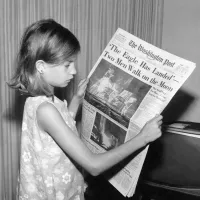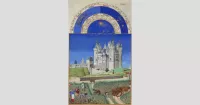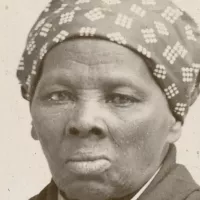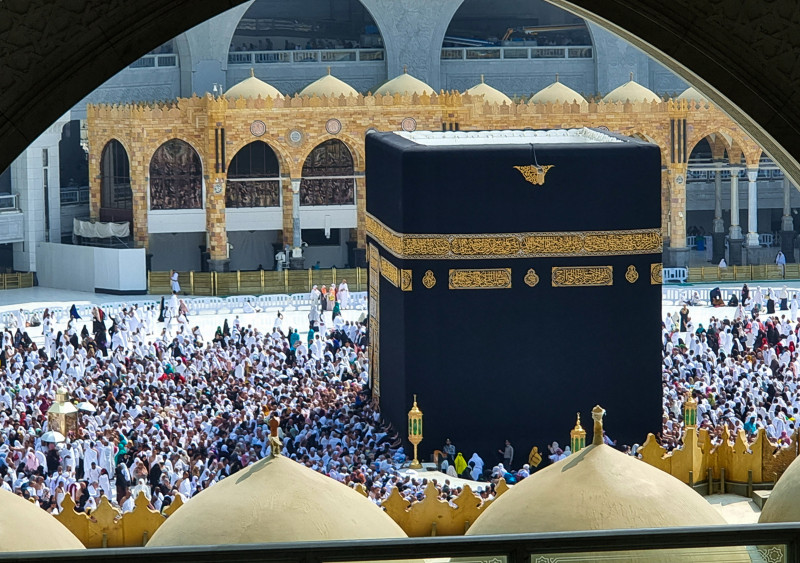Mecca, officially Makkah al-Mukarramah, is the holiest city in Islam and the capital of Mecca Province in Saudi Arabia's Hejaz region. Located 70 km inland from Jeddah, it sits in a narrow valley 277 m above sea level. With a 2022 metropolitan population of 2.4 million, it is the third-most populated city in Saudi Arabia. A significant portion of its population consists of Muslim foreigners. Mecca experiences a massive influx of pilgrims during the annual Hajj, more than tripling the city's population. In 2023, it was among the world's top ten most visited cities, attracting over 10.8 million international visitors.
1911: Madrasat al-Falāḥ Founded
In 1911, Muhammad ʿAlī Zaynal Riḍā, a Jeddah merchant, founded the Madrasat al-Falāḥ in Mecca, costing £400,000.
November 1916: News reports on the Hajj
News reports in November 1916, via contact in Cairo with returning Hajj pilgrims, stated that with the Ottoman Turkish authorities gone, the Hajj of 1916 was free of the previous massive extortion and monetary demands made by the Turks who were agents of the Ottoman government.
1924: Battle of Mecca
Following the 1924 Battle of Mecca, the Sharif of Mecca was overthrown by the Saud family, leading to Mecca's incorporation into Saudi Arabia.
1925: Saudi Conquest
In 1925, Mecca was conquered by Ibn Saud and his allies during the Saudi conquest of Hejaz, leading to significant expansion and modernization of the city's infrastructure.
1929: Wireless Stations Set Up
In 1929, wireless stations were set up in various towns in the region of Mecca, creating a radio network.
1930: Cholera Outbreaks
Between 1830 and 1930, Mecca was regularly hit by cholera outbreaks, with 27 outbreaks among pilgrims.
1932: Radio Network Functional
By 1932, the wireless stations network that was set up in 1929 in various towns in the region of Mecca, became fully functional.
1936: Increase in Telephones
In 1936, the number of public telephones in Mecca increased from 20 to 450, totaling about half the telephones in the country. During that time, telephone lines were extended to Jeddah and Ta'if.
1942: Severe Flood
In the last century, the most severe flood in Mecca was that of 1942.
1945: Establishment of Al Wahda FC
Al Wahda FC, one of the oldest sport clubs in Saudi Arabia, was established in Mecca in 1945.
1949: Establishment of Umm Al-Qura University
Umm Al-Qura University in Mecca was established in 1949 as a college.
1950: Radio Broadcasts for Pilgrims
In 1950, radio communication began to be used to direct the pilgrimage and address the pilgrims, starting with broadcasts on the Day of 'Arafah (9 Dhu al-Hijjah).
1957: Radio Makkah
By 1957, Radio Makkah became the most powerful station in the Middle East at 50 kW, later increased to 450 kW.
1965: Floods by 1965
According to al-Kurdī, there had been 89 floods in Mecca by 1965.
1970: Enterprises since 1970
Since 1970, various types of enterprises have existed in Mecca, including corrugated iron manufacturing, copper extraction, carpentry, upholstery, bakeries, farming and banking.
1972: Pilgrim Taxes
Taxes on pilgrims in Mecca, which were especially increased during the Great Depression, existed as late as 1972.
November 1979: Seizure of the Grand Mosque
On 20 November 1979, two hundred armed dissidents led by Juhayman al-Otaibi seized the Grand Mosque, leading to a two-week siege and significant damage, especially to the Safa-Marwah gallery.
1979: Design of the Mecca Gate
In 1979, the Mecca Gate, also known as the Quran Gate, was designed by Egyptian architect Samir Elabd.
1981: Umm Al-Qura University
In 1981, Umm Al-Qura University became a public university in Mecca.
1985: Modern Communications
By 1985, Mecca had modern telephone, telex, radio and television communications including stations like Saudi TV1, Saudi TV2, Saudi TV Sports, Al-Ekhbariya, Arab Radio and Television Network.
1985: Demolition of historic buildings
Since 1985, approximately 95% of Mecca's historic buildings, many over a thousand years old, have been demolished under Saudi rule.
July 1990: Pedestrian Tunnel Tragedy
On 2 July 1990, a pilgrimage to Mecca ended in tragedy when the ventilation system failed in a crowded pedestrian tunnel, resulting in the suffocation or trampling deaths of 1,426 people.
2005: Number of Schools
As of 2005, Mecca had 532 public and private schools for males and 681 for female students.
May 2007: Provincial Governor
Since May 16, 2007, Prince Khalid Al-Faisal has been the provincial governor of Mecca.
November 2010: Al Masha'er Al Muqaddassah Metro Opens
In November 2010, the Al Masha'er Al Muqaddassah Metro line in Mecca opened. The 18.1-kilometer elevated metro transports pilgrims to the holy sites to reduce road congestion during the Hajj season.
2010: Discovery of Saadanius fossil
In 2010, Mecca and the surrounding area became an important site for paleontology with the discovery of a Saadanius fossil, a primate closely related to the common ancestor of Old World monkeys and apes.
September 2015: Stampede at Mina
On 24 September 2015, 700 pilgrims were killed in a stampede at Mina during the stoning-the-Devil ritual at Jamarat.
2015: Mayor of Mecca
In 2015, Osama bin Fadhel Al-Barr served as the mayor of Mecca.
2018: Haramain High Speed Railway operational
In 2018, the Haramain High Speed Railway began operation, connecting Mecca and Medina via Jeddah. The railway uses 35 electric trains capable of speeds up to 300 kmh.
2019: Hajj Pilgrimage
In 2019, the Hajj attracted 2,489,406 pilgrims to the holy city of Mecca.
January 2022: Mayor of Mecca
As of January 2022, Saleh Al-Turki is the mayor of Mecca.
2022: Metropolitan Population
In 2022, the metropolitan population of Mecca was 2.4 million, making it the third-most populated city in Saudi Arabia after Riyadh and Jeddah.
2023: International Visitors
In 2023, Mecca hosted over 10.8 million international visitors, ranking it among the ten most visited cities in the world.
August 2027: Total Solar Eclipse
Mecca will experience a total solar eclipse on Monday, 2 August 2027, for a duration of 5 minutes and 8 seconds.
Mentioned in this timeline
Saudi Arabia officially the Kingdom of Saudi Arabia KSA is...

News encompasses information about current events disseminated through various media...

A solar eclipse happens when the Moon moves between the...

Music is a cultural universal involving the arrangement of sound...

Sport encompasses physical activities and games frequently competitive and structured...

September is the ninth month of the year in the...
Trending

5 days ago Aaron Wiggins seizes opportunity with OKC Thunder injuries, recovers from adductor issue.
2 days ago Jalen Williams' Impact: Thunder, Warriors Matchups, Dort's Future, Injury Return

7 months ago Mikaela Shiffrin Releases Final Episode of "Moving Right Along" Web Series

De'Anthony Melton known as Mr Do Something is a professional basketball player in the NBA currently playing for the Brooklyn...

Harrison Butker is a placekicker for the Kansas City Chiefs in the NFL Drafted in he played college football at...

6 months ago Harrison Ford and Gene Simmons to be honored by Operation Smile for charity.
Popular
Matt and Ross Duffer known as the Duffer Brothers are...
Aftyn Alyssa Behn is an American politician currently serving as...

Candace Owens is an American conservative political commentator and author...

XXXTentacion born Jahseh Dwayne Ricardo Onfroy was a controversial yet...

Ilhan Omar is an American politician currently serving as the...

Harriet Tubman was a pivotal American abolitionist and social activist...
